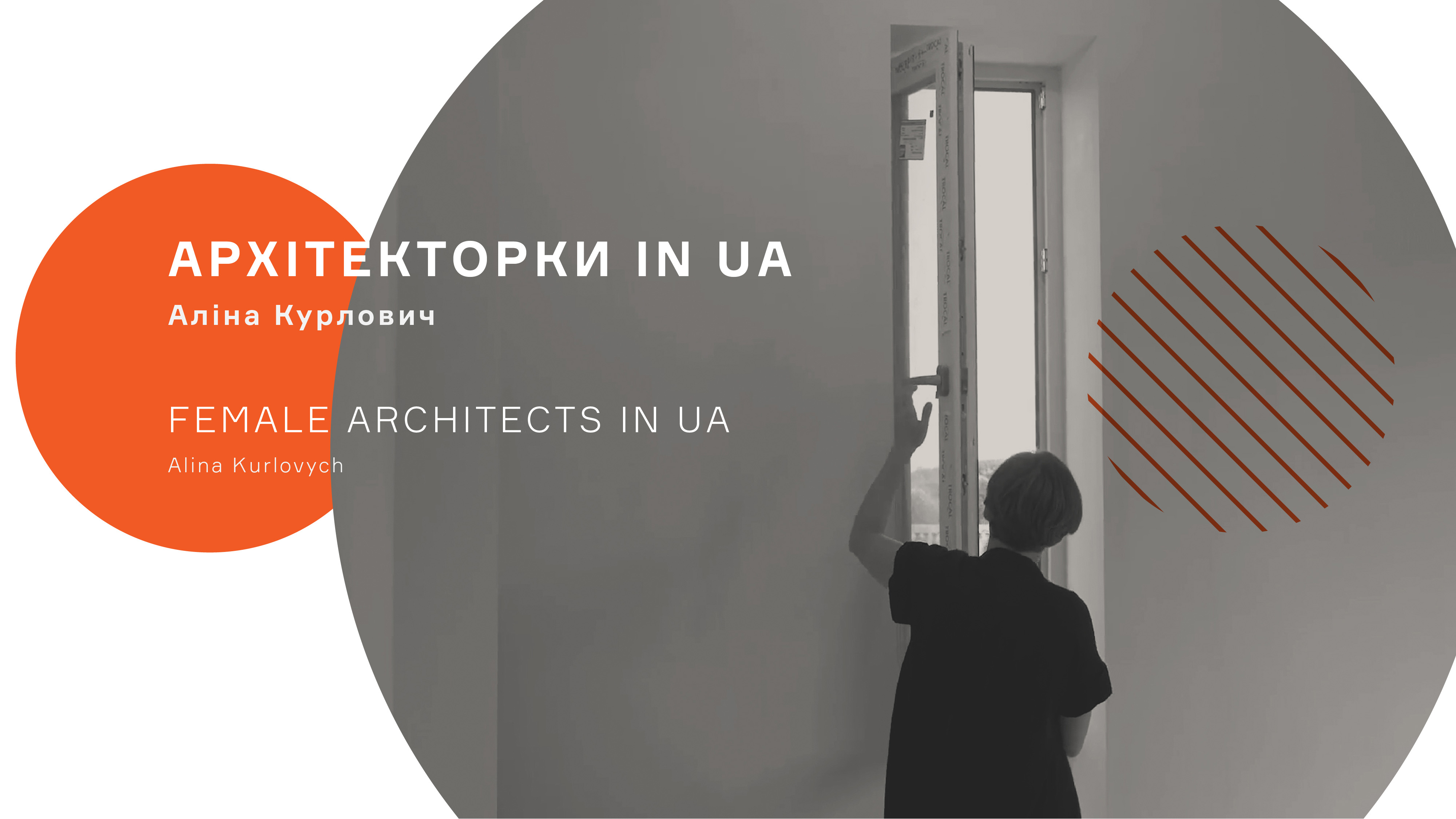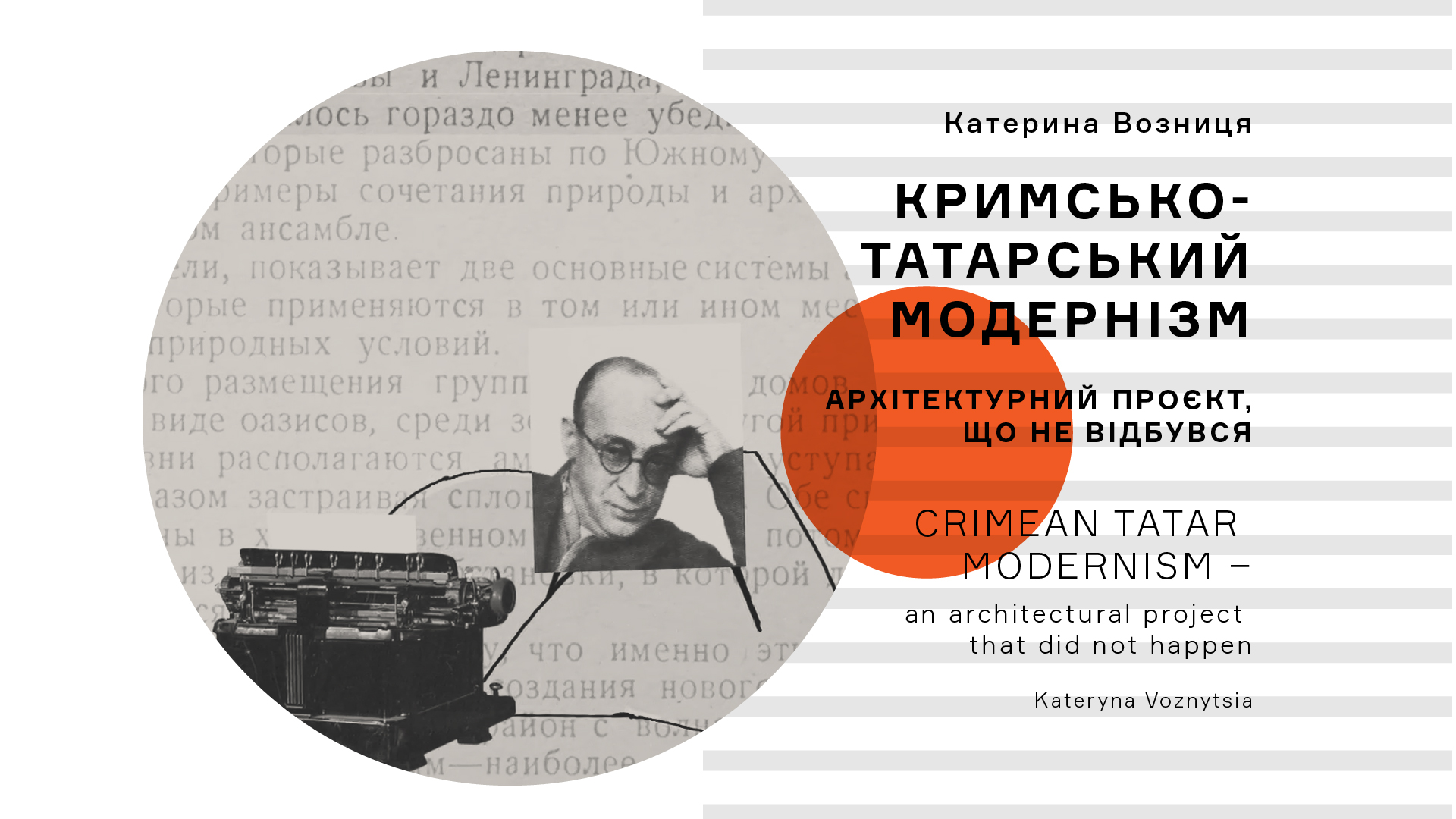Multiple layers of different historical periods and traces of modifications and transformations make it even more difficult to appreciate sacred monuments of Kyivan Rus’. Layers of plaster cover medieval brickwork, hemispherical domes are usually substituted with baroque ones and completed with onions and even pseudo-Gothic spires.
No wonder, it is easy to get lost trying to define a historical period a building belongs to. However, as soon as we stop and look more closely at façade plasticity, contours, sizes and constructions, or enter the building and focus on observation, we will see the presence of the Middle Ages.
We may wonder, what the Middle Ages meant for Ukraine. Perhaps, this is the question those, who tried to hide Rus’ architecture behind décor and modern replicas, wanted to avoid so much. This is not Novgorod’s white-stone buildings, or Suzdal’s carving, or Gothic and Romanesque architecture. A thick layer of plaster and new murals hide Byzantium with its contradictory reputation. Does not the dissection of the Byzantine cultural layer tell us not so much about ancient times as about our present, where the heavily gilded Middle Ages are hidden behind the baroque pro-European façade?
If we step aside from superficial perception of sacral architecture of Rus’, we will see a specific approach to power representation as a key method in building up authority. Deeply intertwined temporal and spiritual powers were brought here from Byzantium.
The so-called ‘symphony of powers’ underlay the ‘Empire of Rhomaioi’. According to this concept, spiritual and temporal powers form harmony and synergy, and mystically inherit Christ, who also has both Divine and human nature in one incarnation.
In practice, this contradictory ideal was the most clearly embodied in the concept of emperor-basileus. Basileus’ power acquires a significant sacral meaning. On the one hand, the approach of ‘Render unto Caesar the things which are Caesar's, and unto God the things that are God’s’ is still true. On the other — an emperor is perceived as the God’s anointed. Basileus, therefore, has full authority, but it is by no means despotic. A pious emperor is held accountable for the people, residing in his kingdom, to God. He bears the heavy responsibility. As soon as an emperor loses piety, he loses his greatness and privileges.
Within this concept, sacral architecture served as physical demonstration of political rather than symbolic power. Emperor’s ‘abstract’ power is objectified on icons through his direct connection with Jesus, and in architecture — through construction of ‘the Kingdom of God on earth’, i.e. a cathedral. Here an icon (image) of an emperor is painted on walls. Moreover, emperor’s significance is secured by a ritual and a separate role in liturgy ― worship. Cathedrals in their turn can be interpreted as spatial icons of ‘the heavenly Jerusalem’, which created city’s hierotopy ― its sacred space.
In general, during that period the embodiment of power in urban architecture was typical of societies with a complex state hierarchy. At the same time, it served as a pattern and tool to spread these power structures.
Constantinople, the greatest city of that time, served as a model for the whole Christian world, especially for Eastern Europe. ‘The Second Rome’ also became an image that the rulers in the sphere of Byzantium’s influence wanted to imitate and recreate.
Imitation as a methodological principle was fundamental to the sacred architecture of Rus’ after Christianisation. It was not innovation or search that was valued, but representation of power in understandable and simple terms. The only way to achieve authority equal to the Byzantine emperor was to physically construct the ‘New Jerusalem’ and ‘Second Constantinople’. All the more, the Greeks built them.
Church intellectuals tried to extend the Byzantine perception of an ideal head of state to princes of Rus’. In his Sermon on Law and Grace, Metropolitan Hilarion defines this political ideology as follows, ‘And not one single person resisted this pious command. For of some were baptised not for love, then in fear of Volodymyr’s command, since his piety was coupled with power’.
Thus, together with Prince Volodymyr’s famous ‘choice of faith’, Rus’ also chose a ‘political franchise’, a power structure it sought to copy. It was not only and not so much about a rite, but about a set of structures and methods rulers used to assert their power. The choice of the Byzantine model determined the importance of power sacralisation, partly through architecture.
No wonder, this was first manifested during the reign of Prince Volodymyr, when it was decided to develop Kyiv as the ‘New Jerusalem’, in the fold of which all future history of Rus’ would be made. Volodymyr’s son Yaroslav continued his legacy and added an ambition to turn Kyiv into the ‘Second Constantinople’. However, the capacity to represent power was limited by lack of resources that rulers of Rus’ had accumulated. That’s why princes never became emperors and Kyiv’s Saint Sophia never became Constantinople’s Hagia Sophia, although that was the result the imitation aimed for.
Since Rus’ adopted the specific Byzantine model to demonstrate power, it was also intertwined with church and the metropolitan status. There are different hypotheses, but it is most likely that the metropolis arose in Kyiv during Volodymyr’s reign. It was first the Church of the Tithes and then Saint Sophia of Kyiv that served as the metropolitan cathedral. The latter was erected specifically for this purpose.
Cathedral architecture of that period reflects characteristic features of services and ruler’s specific role in them. Saint Sophia of Kyiv tried to follow standards of Hagia Sophia of Constantinople. Services in the patriarchal cathedral of the Byzantine capital, where the emperor participated, involved a large number of people and required a lot of space. Kyivan princes sought to imitate Byzantine practices. This can be seen, particularly, in the size and interior of Saint Sophia Cathedral.
As the power of other centres in Kyivan Rus’ strengthened, Chernihiv and Pereyaslav in the first place, the princes of those cities also sought to give their status a physical form. They, however, took Kyiv as a model. The method was the same, only new layers were added: Chernihiv imitated Kyiv that in its turn imitated Byzantium.
It is very likely that Chernihiv obtained status of so-called titular metropolis during the period of 1026–1036, when control of Kyivan Rus’ was divided between Yaroslav the Wise and Mstislav the Brave along the Dnipro River. Prince Mstislav ordered to build the monumental Transfiguration Cathedral in Chernihiv that was supposed to perform the same functions as Kyiv’s Saint Sophia not only from architectural, but also from ideological perspective. Mstislav’s idea, though, was never fulfilled. During the triumvirate of Prince Yaroslav’s three sons (the Yaroslavich Triumvirate) in the second half of the 11th century, metropolitan cathedra in Chernihiv emphasised internal equality of three princes: of Kyiv, of Chernihiv and of Pereyaslav. Chernihiv could never take over Kyiv’s status of the main city in Rus’, be it in political or sacral sense. Constantinople would remain Constantinople. Kyiv would remain Kyiv. Chernihiv became an important hub of Kyivan Rus’, but not the main city.
Rus’ further political development resulted in new cathedrals from various cities joining the power symphony of Saint Sophia of Kyiv. The Horde’s unexpected devastating invasion ruined the concert of the orchestra of feudal fragmentation. The score of power had to be written and learnt again.

































